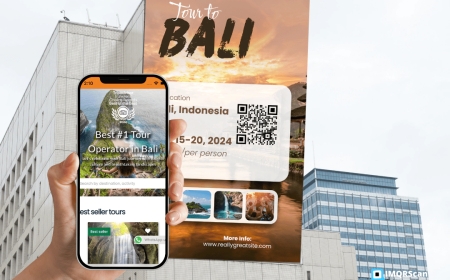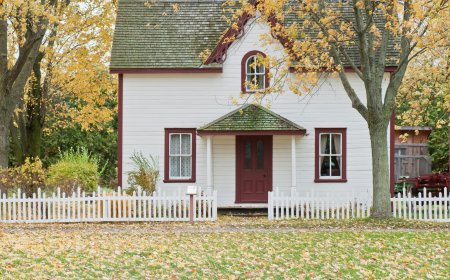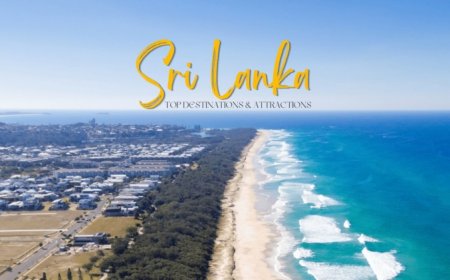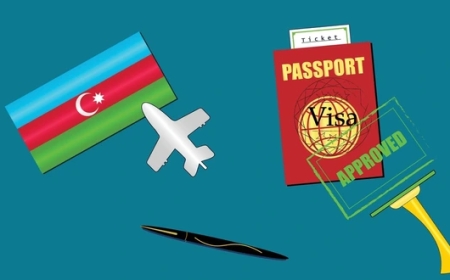How to Find Safe Wild Camping Spots in Pakistan
"Planning a wild camping trip in Pakistan? Discover expert tips on finding safe, scenic camping spots, avoiding hazards, and respecting local communities for a worry-free adventure."
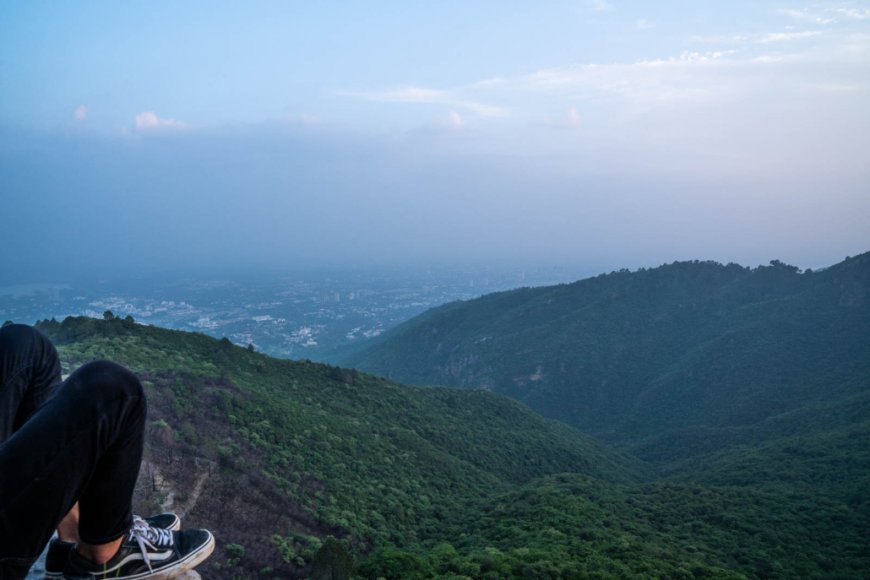
Pakistan, with its rugged mountains, lush valleys, alpine lakes, and vast meadows, is a dream destination for outdoor enthusiasts. Among the most rewarding experiences for adventurers here is wild camping setting up your tent in nature, far from developed campsites, surrounded by untouched beauty. Whether you're exploring the northern regions of Gilgit-Baltistan, Azad Kashmir, or Khyber Pakhtunkhwa, wild camping offers a unique sense of freedom and connection to the land.
However, finding safe wild camping spots in Pakistan requires knowledge, preparation, and respect for the environment and local communities. Remote areas often lack facilities, and unpredictable weather or terrain can pose challenges. This guide will walk you through essential tips to find safe and enjoyable wild camping locations in Pakistans incredible wilderness.
1. Understand What Wild Camping Means
Wild camping refers to setting up camp outside of designated campgrounds or tourist facilities. It means pitching your tent in nature by a lake, in a meadow, on a mountain slope, or beside a river.
While incredibly rewarding, wild camping also means:
? No established facilities (toilets, waste disposal, water supply)
? Increased responsibility for your safety
? Respecting wildlife, locals, and the environment
In Pakistan, wild camping is legal in most remote regions but always check local regulations, especially in protected areas or near borders.
2. Research the Region Thoroughly
Before you head out, do detailed research about your destination. Some of the best wild camping regions in Pakistan include:
? Fairy Meadows, Gilgit-Baltistan Although it has campsites, you can venture beyond the main area for secluded spots.
? Ratti Gali Lake, Azad Kashmir Remote alpine lake ideal for overnight camping.
? Deosai Plains, Skardu High-altitude plateau with vast, open spaces perfect for wild camping.
? Siri Paye Meadows, Shogran Lush green meadows with stunning views, though some areas are better for isolated camping.
? Broghil Valley, Chitral One of the most remote regions, offering wild camping with minimal human presence.
Use guidebooks, trekking blogs, and local tourism websites to learn about:
? Accessibility
? Terrain conditions
? Weather patterns
? Potential hazards (wildlife, landslides, etc.)
3. Ask Local Guides or Residents
One of the safest and most reliable ways to find good wild camping spots is to seek advice from local guides or residents. People who live in these areas know the land best and can guide you to:
? Flat, safe areas for pitching tents
? Water sources nearby
? Areas free from flooding or rockfall risk
? Locations where camping is culturally acceptable
Hiring a local guide not only helps with finding the best spots but also ensures cultural respect and contributes to the local economy.
4. Look for Key Safety Features
When you reach your destination, assess the site carefully before setting up camp. A safe wild camping spot should have the following features:
Flat Ground:
? Look for level ground to ensure comfortable sleeping and to avoid rolling during the night.
? Avoid setting up on slopes where rainwater may flow.
Protection from Weather:
? Find natural windbreaks like rocks, bushes, or tree lines, especially in exposed high-altitude areas.
? Avoid camping at the base of cliffs or near areas prone to rockfalls.
Distance from Water:
? Camp at least 60 meters away from rivers, lakes, or streams to avoid flash floods.
? Ensure you're close enough for water access but far enough to stay dry and safe.
Visible Landmarks:
? Identify landmarks to help locate your campsite after exploring.
? Avoid hidden areas that may be hard to find if visibility decreases.
5. Avoid Hazardous Areas
Certain locations, while scenic, can pose serious risks for wild camping:
? Riverbeds or dry stream channels prone to flash floods
? Cliff edges dangerous in strong winds or low visibility
? Avalanche-prone slopes (especially in snowy regions)
? Wildlife corridors respect animal habitats, especially in regions like Deosai, home to brown bears
Always prioritize safety over aesthetics when selecting a camping spot.
6. Respect Local Communities and Land Ownership
In some regions, land is privately owned or used by local communities for grazing. Camping on such land without permission can cause misunderstandings or conflicts.
Best Practices:
? Seek permission if you're near villages or agricultural land.
? Use established camping spots when offered by locals.
? Respect cultural sensitivities some communities may restrict camping in certain areas.
Building good relationships with locals enhances your safety and overall experience.
7. Consider Wildlife Precautions
Pakistans wilderness is home to various wildlife, including bears, wolves, and snow leopards in high-altitude regions. While animal encounters are rare, precautions are essential:
? Store food securely, away from your tent.
? Avoid cooking inside your tent.
? Keep your campsite clean dont leave food scraps.
? Carry a whistle or noise-maker to deter animals if necessary.
If camping in known bear habitats like Deosai, extra caution is necessary. Consulting local guides is highly recommended.
8. Plan for Emergencies
Remote areas often lack mobile signals and immediate medical help. Always prepare for emergencies:
? Inform someone of your itinerary and expected return.
? Carry a GPS device or offline maps.
? Pack a first-aid kit and know basic wilderness first aid.
? Carry extra food, water, and clothing in case of delays.
? Be aware of the nearest exit routes or villages.
9. Leave No Trace
Preserving Pakistans natural beauty is a shared responsibility. Follow these Leave No Trace principles:
? Pack out all waste never leave trash behind.
? Use biodegradable soap if washing near water sources.
? Minimize campfire impact or use portable stoves.
? Avoid disturbing wildlife or damaging vegetation.
? Keep noise levels low to preserve the tranquility of the area.
10. Ideal Seasons for Wild Camping
Timing your wild camping trip is crucial for safety and comfort:
? Spring (May to June): Snow starts melting, meadows bloom, but higher areas may still be inaccessible.
? Summer (July to September): Best season for high-altitude camping with warmer weather and accessible trails.
? Autumn (October): Crisp air and fewer tourists, but nights can be very cold.
? Winter (November to April): Not recommended for most wild camping due to snow, harsh weather, and road closures.
Final Thoughts: A Rewarding Yet Responsible Adventure
Wild camping in Pakistan is a unique and deeply rewarding experience for nature lovers and adventure seekers. From starlit skies over mountain meadows to quiet mornings by alpine lakes, it offers freedom that few experiences can match.
But with that freedom comes responsibility to stay safe, respect the land and people, and protect the fragile environments that make Pakistan such an extraordinary destination.
With research, preparation, and respect for nature and local communities, you can safely enjoy the thrill of wild camping in some of Pakistans most stunning landscapes.













